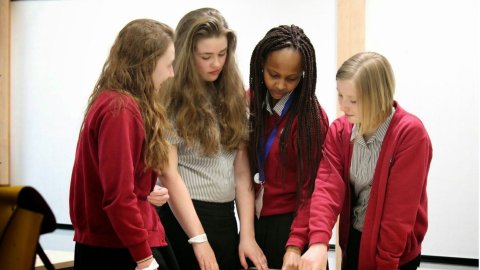solvers
solvers
local interactions
The Mills Brothers were four brothers from Piqua, Ohio who were hugely successful in the pre and post Second World War years. They were also the first black artists to have their own show on national network radio in the USA.
This song (they performed the original) has their distinctive crooner vocals and then their trademark guitar sound and vocal harmonies as it speeds up. And eternal lyrics. Enjoy.
15:00
Dynamical alternating groups and the McDuff property
Abstract
In operator algebra theory central sequences have long played a significant role in addressing problems in and around amenability, having been used both as a mechanism for producing various examples beyond the amenable horizon and as a point of leverage for teasing out the finer structure of amenable operator algebras themselves. One of the key themes on the von Neumann algebra side has been the McDuff property for II_1 factors, which asks for the existence of noncommuting central sequences and is equivalent, by a theorem of McDuff, to tensorial absorption of the unique hyperfinite II_1 factor. We will show that, for a topologically free minimal action of a countable amenable group on the Cantor set, the von Neumann algebra of the associated dynamical alternating group is McDuff. This yields the first examples of simple finitely generated nonamenable groups for which the von Neumann algebra is McDuff. This is joint work with Spyros Petrakos.
17:00
Model-theoretic havens for extremal and additive combinatorics
Abstract
Model-theoretic dividing lines have long been a source of tameness for various areas of mathematics, with combinatorics jumping on the bandwagon over the last decade or so. Szemerédi’s regularity lemma saw improvements in the realm of NIP, which were further refined in the subrealms of stability and distality. We show how relations satisfying the distal regularity lemma enjoy improved bounds for Zarankiewicz’s problem. We then pivot to arithmetic regularity lemmas as pioneered by Green, for which NIP and stability also imply improvements. Unsettled by the absence of distality in this picture, we discuss the role of distality in additive combinatorics, appealing to our result connecting distality with arithmetic tameness.



